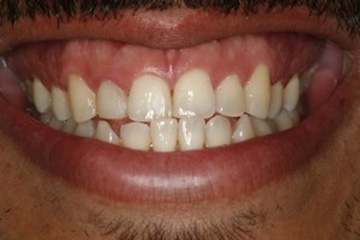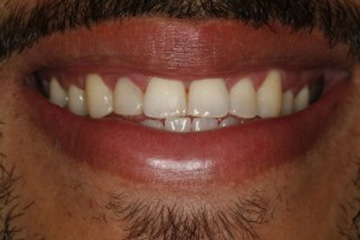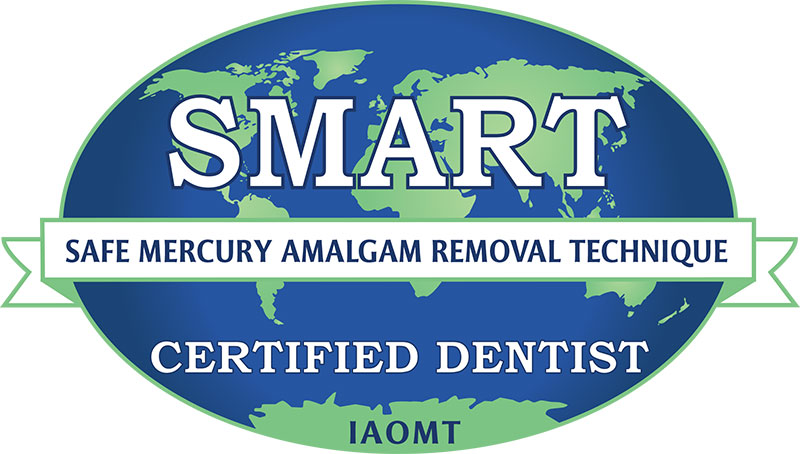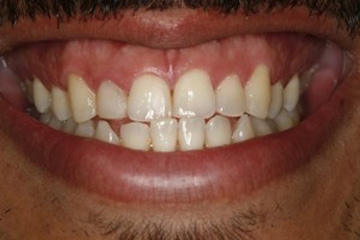Gummy smile or Excessive gingival display
Excessive gingival display (EGD) or gummy smile is defined as a lack of balance between the anatomic variations within the static landmark of the gingival margins and the upper lip’s dynamic positioning variations concerning the smile line.
While the patients’ subjective complaints express mostly their increasing concerns about their gummy smile affecting their social and professional roles, the clinicians may analyse the clinical features of the excessive gingival display (EGD) to make a correct clinical diagnosis on which an appropriate surgical procedure can at best be planned.
Excessive gingival (EGD) is defined as a lack of balance between the anatomic variations within the gingival margins’ static landmark and the dynamic positioning variations of the upper lip concerning the smile line.
While the patients subjective complains express mostly their increasing concerns about their “gummy smile” affecting their social and professional roles, the clinicians may analyze the clinical features of the excessive gingival display (EGD) to make a correct clinical diagnosis based on which an appropriate surgical procedure can at best be planned.
Identifying the source of this oro-facial aesthetic concern of a dentoalveolar or neuro-muscular origin leads to a correct therapy plan. Causes of the gummy smile could be classified into 2 categories:
1. Dento-alveolar aetiologies could be due to the gingival overgrowth and/or dento-alveolar extrusion, which results in short clinical crowns and/or altered passive eruption (APE). In periodontal practice, altered passive eruption (APE) and mild vertical maxillary excess (VME) are frequently identified in gummy smile cases (GS) cases.
2. Non-dento-alveolar aetiologies include skeletal and/or facial soft tissue anomalies, including a short upper lip and/or vertical maxillary excess (VME), which is unfortunately recognizable more readily after the orthodontic treatment. These cases may only be treated by orthognathic or facial plastic surgical approaches (e.g. myotomy or resection of the smile muscles through a nasal columellar incision). Although Botulinum toxin A (BTX-A) could effectively rectify GS caused by the hypermobile upper lip in mild VME cases; however, this approach requires repeated treatments.
To mask mild to moderate cases of VME due to hypermobile upper lip, lip-repositioning or reverse vestibuloplasty procedure has been popularized recently to correct such GS cases almost permanently.


Photo I. depicts the upper lip’s hypermobility with a normal width and volume of the upper lip.
Photo II. Lip-repositioning or reverse vestibuloplasty procedure has been performed to rectify the gummy smile in this young gentleman.


